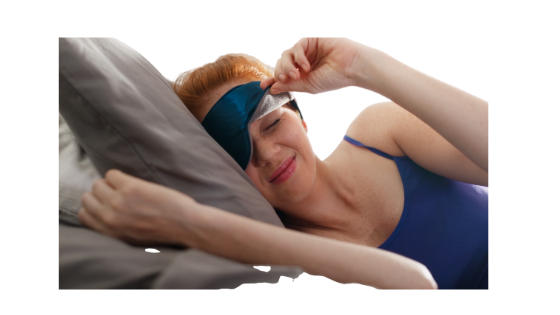Restless Leg Syndrome
Restless Leg Syndrome

Restless Leg Syndrome (RLS) is the occurrence of uncomfortable or painful leg sensations while the body is at rest. These unpleasant sensations are described as creeping, crawling, pulling, tingling, numbness, muscle contractions, leg jerking or leg cramps at night. There may be an irresistible urge to move the legs or “walk it off”. Many victims of RLS experience a similar disorder called Periodic Limb Movement (PLM) which involves involuntary jerking or bending leg movements during sleep.
Restless Leg Syndrome Statistics:
- Affects as many as 10% of Americans
- Can begin at an early age and worsens with age
- Pregnancy or hormonal changes can temporarily worsen this disorder
Symptoms include:
- Creeping or tingling sensations in the legs
- Discomfort in the legs while lying down or sitting for prolonged periods
- Involuntary leg movements while asleep
- Difficulty falling asleep
- Urge to get out of bed to stretch or walk
Treating RLS
Therapy for RLS has made major advances in the quality of life for RLS patients as well as in our understanding of the biology of this disorder. Dopamine medications have been approved by the FDA to treat RLS and are very well tolerated and effective. Therapy also involves diagnosing and treating iron deficiency since this can lead to problems with dopamine production and usage in the central nervous system.

